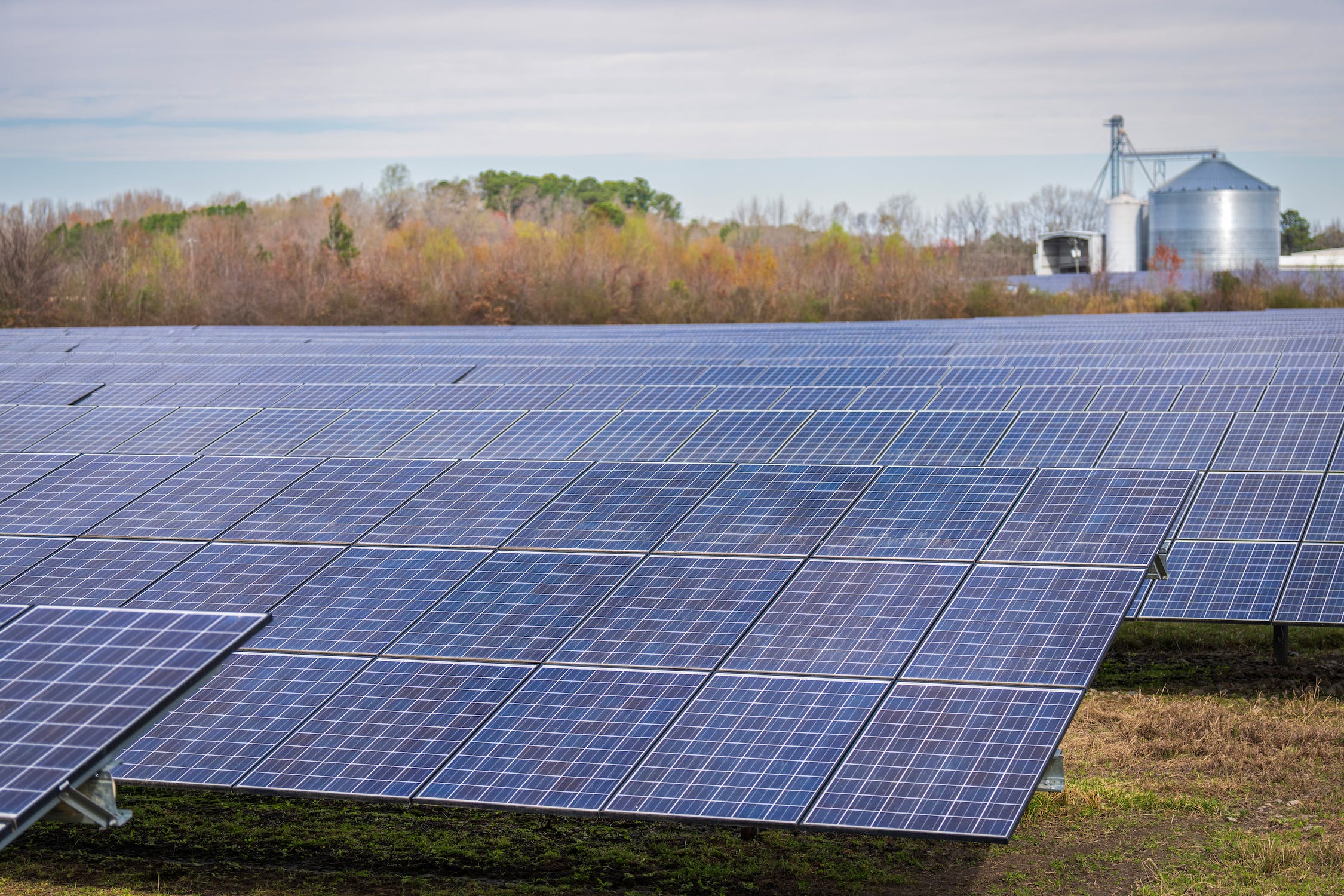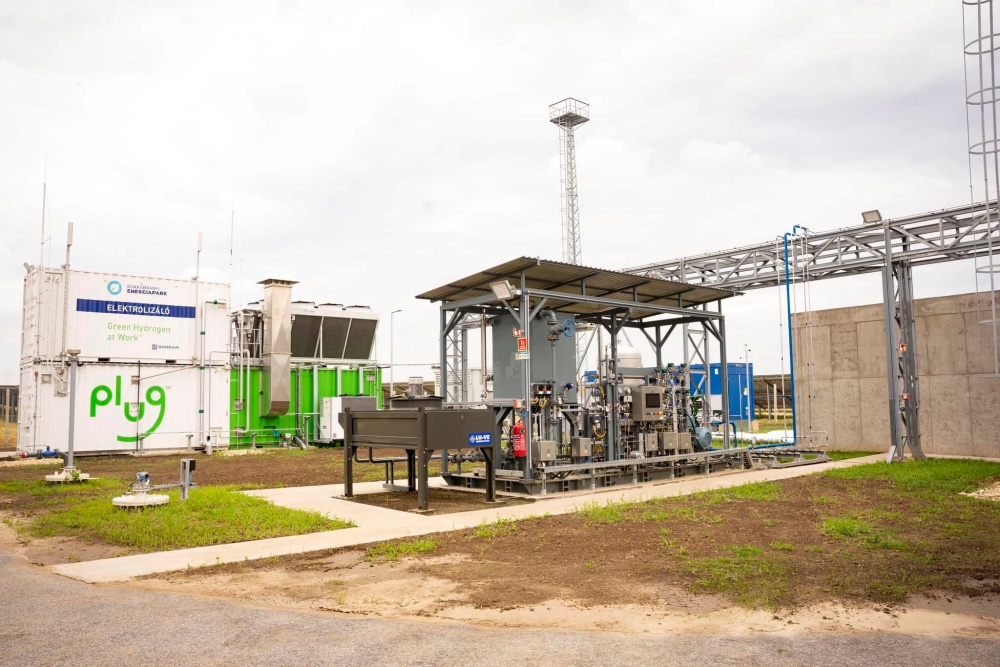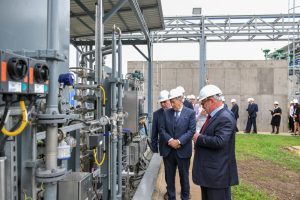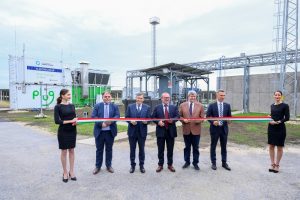
The number of household-sized solar panels has already exceeded 250,000.Continue reading

Hungary’s first green hydrogen plant was inaugurated on Monday at the Bükkábrány Energy Park (northeastern Hungary). At the inauguration ceremony of the plant, Energy Minister Csaba Lantos stressed that the plant not only serves the fight against climate change, but also represents a significant step towards energy independence for the country.
Minister Lantos said that the plant, which has already started its official trial operation, produces hydrogen from renewable energy generated by the local solar park, and has the particular merit of being built not on good quality farmland, but on landscape soils left over from previous mining activities. The facility, located on a 32-hectare site, has been revitalized by the reclamation of the former open-cast lignite mine of the Mátra Power Plant, and actively contributes to the spread of sustainable energy sources, he said.

Csaba Lantos, Minister of Energy, Lőrinc Mészáros, owner of the Mészáros Group and the Bükkábrány Energy Park, and Imre Bakos, project manager (R-L). Photo: MTI/Czeglédi Zsolt
The Minister added:
One of Hungary’s largest solar parks is located on the outskirts of Bükkábrány, covering 32 hectares and capable of generating more than 22 MWp (Megawatt peak). The new plant is the first of its kind in Hungary and is closely aligned with the country’s national hydrogen strategy.”
Csaba Lantos said that there are already 6,300 megawatts of solar panels across the country, many of them industrial and nearly 267,000 household size. He stressed that the government will continue to support all innovative solutions that help increase the country’s energy independence and security of supply through green energy production and storage.

Photo: MTI/Czeglédi Zsolt
Speaking at the event, Lőrinc Mészáros, owner of the Mészáros Group and the Energy Park, said that
in addition to the green hydrogen project, other high-tech experimental developments are underway within the group in the areas of energy production, storage, and efficient, environmentally friendly use.
Imre Bakos, the park’s project manager, explained that during the production process, the electrolyzer uses the electricity generated by the solar panel system to break water down into hydrogen and oxygen. The hydrogen produced is stored in cylinders after pressurization, while the oxygen is released into the atmosphere.
The green hydrogen produced is of high quality, which allows it to be used for medical and scientific purposes, but it can also be used in fuel cells and mixed with natural gas for energy production.
He said that the joint consortium project is unique not only because of the production process used, but also because a scale model of the 1 megawatt electrolyzer in Bükkábrány will be placed in the Science Park in Szeged (southern Hungary). There, algorithms can be modeled and developed to regulate hydrogen production depending on the strength of the sun, the availability of electricity, and the grid demand.
Via MTI, Featured image: Facebook/Tállai András László